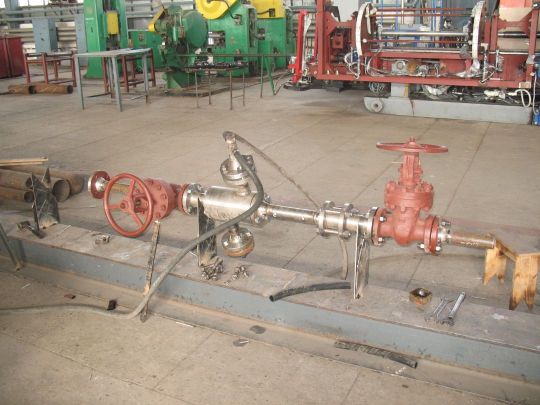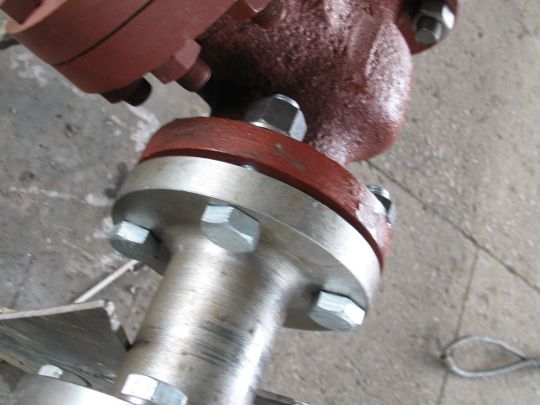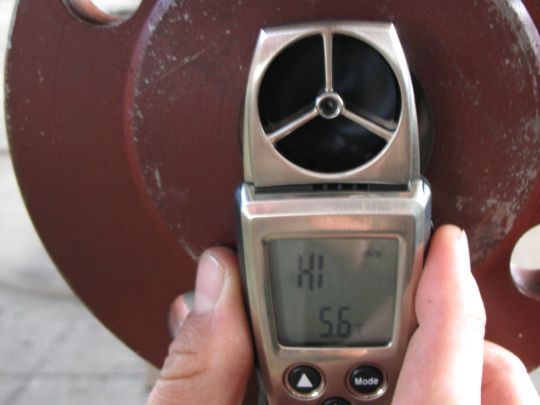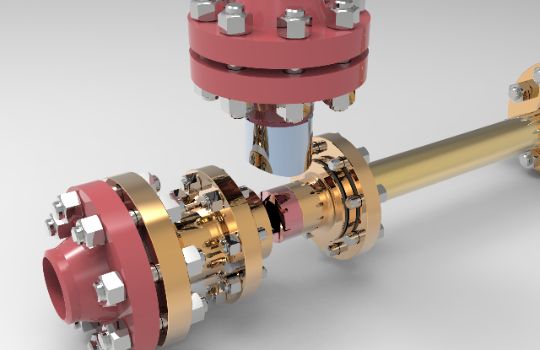vortex tube and prospects of its application in the oil and gas industry
The vortex effect (the Rank-Hilsch effect) consists in reducing the temperature of the axial layers of a swirling high-speed gas flow due to vortex interaction with the peripheral layers. This gas-dynamic phenomenon was discovered by the French engineer Rank in 1931 and studied in detail by the German physicist Hilsch in 1946.
The beginning of the application of the vortex effect in engineering occurred in the mid-50s of the last century, mainly in point vortex tubes (VTS) of local interaction (aviation, astronautics, mechanical engineering, etc.), where air was used as a working medium.

In the process of experimental and theoretical study of the features of the VT, the range of their performance and applications expanded. This was especially active in the 70s, when the prerequisites for the use of military equipment in chemical, gas, oil and other industries were created.
Vortex tubes are attracted by their simplicity and reliability in operation, because in their main modification they have no moving parts. The vortex tube consists of the following main elements. This is a vortex chamber with a tangential rectangular nozzle, a diaphragm with a central opening adjacent to the vortex chamber in the nozzle inlet area, and a valve for regulating the flow ratio. The simplicity of the vortex tube design allows it to be used as the main element of the technological scheme in the most critical places. Thus, gas treatment methods using the vortex effect gain new opportunities in the current conditions.
The use of a vortex tube as part of the equipment at gas treatment plants makes it possible to achieve higher gas cooling rates compared to the Joule-Thompson effect.

The device works as follows. The compressed gas, expanding in the nozzle, accelerates, as a rule, to the maximum subsonic speed and twists intensively. In this case, a high-speed vortex flow is formed in the working volume of the vortex tube, in which, due to the pressure drop, as well as intense twisting, the effect of temperature separation occurs. The axial cooled layers of swirling gas are discharged through an opening in the diaphragm (cold flow), and in the opposite direction, the peripheral (heated) part of the vortex is discharged in the form of a hot flow. In a three-flow vortex tube, a tap is used as the third flow to drain the liquid released from the gas.
Thus, the use of the vortex effect for a specific technological scheme depends on the purposes of gas treatment. This can be either gas heating or gas cooling.
The vortex tube provides the same efficiency in both technological directions. It all depends on the specific task and the need for which the vortex tube is used.

Intensive swirling of gas in the VT allows not only to generate cold, but due to powerful centrifugal forces it also makes it possible to effectively separate the droplet liquid formed in the VT due to the low static (high-speed) temperature, thereby providing an additional technological effect of gas purification and drying. To realize this possibility, so-called three-flow vortex tubes (TWT) have been developed, in which a liquid or a gas-liquid mixture is discharged as a third stream. Such pipes are arranged horizontally or vertically, have special separation devices and are used mainly in the oil and gas industry.
At the same time, depending on the target component, both ordinary moisture (for example, a mixture of water and gas condensate) can be separated in the third stream, and gas can be liquefied by providing such technological conditions for the operation of the vortex tube, in which cooling at the cold end of the vortex tube will occur more intensively, which will inevitably lead to liquefaction of the main gas natural gas components.

In terms of cooling capacity, VT occupies an intermediate position between the throttle and the expander. However, due to its structural simplicity, relatively small dimensions, and the ability to reliably operate on gases containing liquid and solid inclusions, it is often more advantageous than such a complex device as a turbo expander unit.
The cooling capacity of W can be increased by additional heat removal from the vortex chamber by external coolants (gas, liquid). In this case, the amount of cold stream gas is comparable to the amount of source gas and the flow mode of operation of the VT is approaching the mode of operation of the expander when the entire gas stream is cooled.
However, it should be noted separately that the normal operation of the vortex tube does not require additional energy costs, unlike a turbo expander. The entire cooling capacity effect is "conditionally free".

It is most expedient and advantageous to use VT on technological gas flows, the pressure energy of which is irretrievably lost during throttling. So, in the oil and gas industry, these are various kinds of waste and purge gases, usually sent to the furnace or to the torch. They usually contain target components that can be condensed due to the cold generated in watts. This not only increases the yield of the marketable product, but also solves environmental problems associated with the combustion of residual gases.
Also, when pressure drops of gas media are unused (or used insufficiently effectively) in the gas and oil production industries, for example, during well development, at gas distribution stations and substations, at underground gas storage facilities and integrated gas treatment plants, during the preparation of natural and associated gas for oil production. Here, vortex tubes can be useful not only as cold generators, but also as effective low-temperature separators, heaters, and mixers (for example, during odorization of natural gas).
 — Бесплатные Сайты и CRM.
— Бесплатные Сайты и CRM.